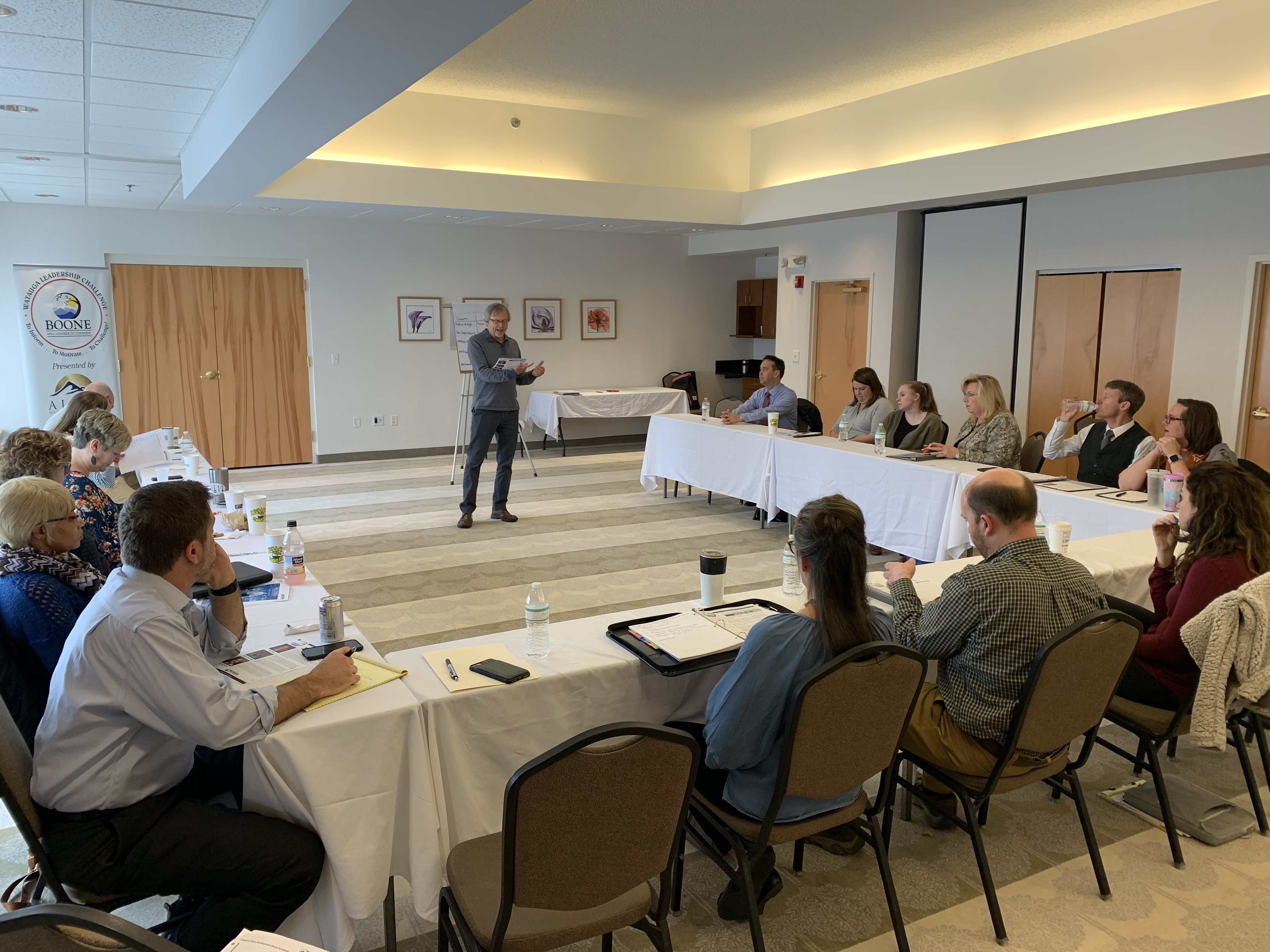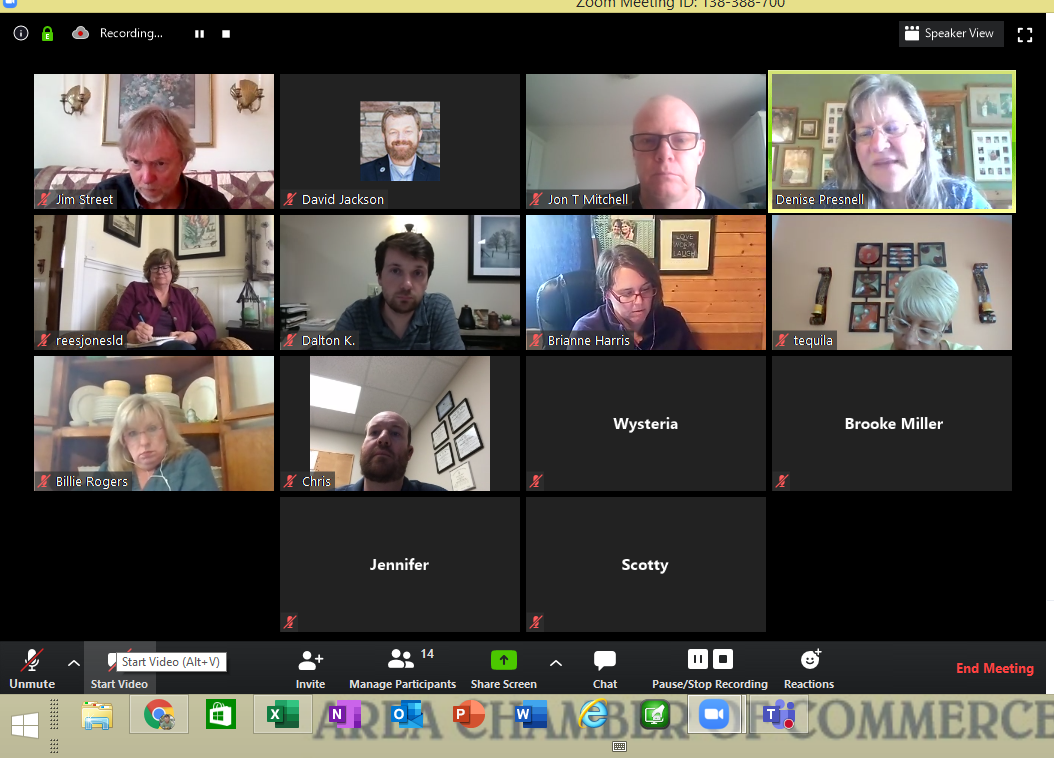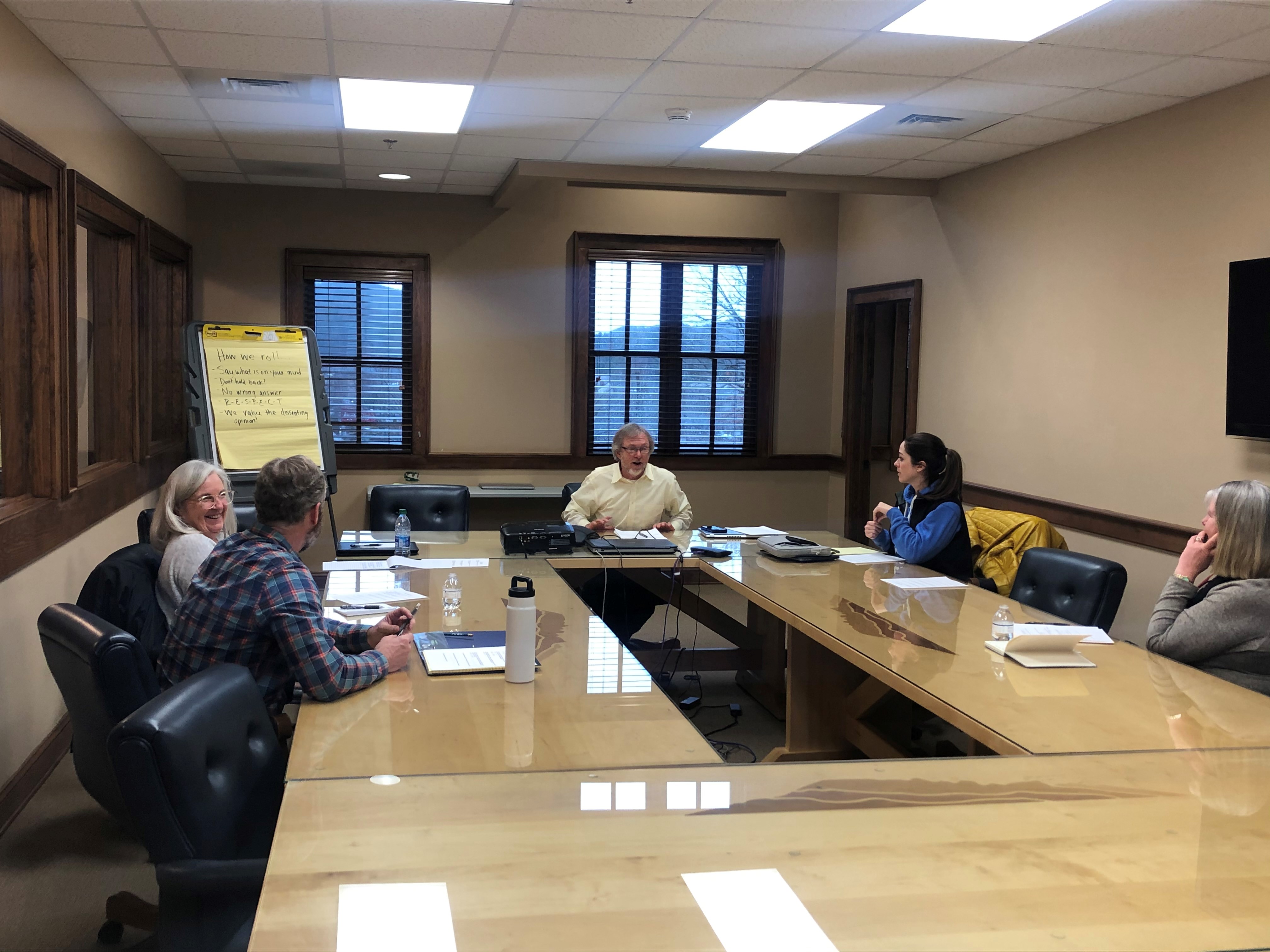Addressing Challenges for Reopening: Next Steps for Leaders
What Next for Leaders? The Challenges for Reopening
As states begin the process of loosening restrictions, businesses are about to face the challenges of reopening. Organization leaders are finding themselves in a situation where there is not clear guidance on what reopening should look like. Very few organizations will be able to simply flip the switch and start where they left off in mid-March. What surviving businesses do have going for them is that they just went through a period where they faced drastic change and upheaval – about six weeks ago. What was important then is equally important now. They are similar because both then and now have to do with dealing with times of uncertainty and ambiguity.
Some of my coaching clients have already begun the planning process for reopening, and there seems to be some common concerns and considerations for the process. Below are some collected ideas that might facilitate the reopening process. While none of these do I consider to be the silver bullet for organizational success, you may find that some of them will help guide you along your way. My first five points come from what employees want most in a time of uncertainty. Your job as leader is to act on the following critical calls to action:
- I want my boss, my organization to care about my well-being.
- I want a clear plan of action. If the plan is in flux, tell me.
- I want to be informed about what is going on.
- I want to feel prepared to do my job in the present environment.
- I want to know how we are going to work given mandated guidelines and the best information about safety procedures.
NOTE that ALL of these are about communication at some level. The only way employees will get what they want is by communication. These are further described below with some further considerations.
Show Your People You Care
Lead with compassion. Know how you are going to care about your employees’ well-being – both physical and mental well-being. They will know by what you say, but even more by what you do. Remember that this pandemic has affected everyone differently and we all have different circumstances that impact how we feel about health and safety. Practice compassionate leadership. It’s not only the right thing to do, but it will engender loyalty as well. Employee satisfaction is highest when employees feel they matter.
Have a Clear Plan of Action
Begin planning now if you have not already started. Does your business have a leadership team? Bring them together. Are you a sole proprietor, share your ideas with another willing sole proprietor. Every business is unique, there is no one answer regarding plan of action. Few organizations will simply go back and hit the “on switch”. So, ask yourself or your team:
- What is most important right now?
- How will we re-engage our customers and clients?
- How fast or slow will we get things moving?
- How do we follow certain state or local safety mandates or OSHA guidelines?
Keep Everyon e Informed
e Informed
Before employees return, as they return, and after returning, keep everyone informed about what is going on. Over communicate. In times of ambiguity, people want clarity. And when you believe that you have provided enough information, ASK them where they need more clarity. There is always a concern about over communication becoming too much communication. I would argue that once we can create routine, we can back off. If we are constantly in a state of flux, communication is critical to organizational effectiveness. Most importantly, be honest about the struggles that lie ahead. Dedicated employees will want to be a part of the solution.
Make Sure Employees Feel Prepared
It is critical that team members feel prepared to do their job. Do they have the resources? Do they have the psychological safety they need? Are there unforeseen obstacles? The role of leader is to identify potential obstacles and either 1) remove them, 2) give employees the resources to deal with them, or 3) If the obstacles are new given the present state, then discover and deal with them together with your employees, providing support and regulating stress and anxiety along the way.
Plan for Employee Safety
Have a plan for employee safety. How can the work be done with the new rules of engagement, including distancing, face masks, and sanitizing? I am presently working with a business that is bringing back its staff as they move to “essential status.” Most of our conversations have been around employee safety including office traffic patterns, how to utilize previously shared spaces, and figuring out the logistics of staff meetings. Leaders will play a major role in setting the expected norms and reinforcing safety protocols like social distancing. Make sure you know the latest guidelines. Make sure there are shared expectations about safety. This is where leading by example is critical. People will follow the leader.
You Do Not Have to Do It Alone
Leadership is a team sport. Use your employees. They know your business, and they bring a different perspective. A leader does not need to have all the answers. Effective leaders create the space for the employees to development the plan of action. Leaders provide vision and hope to keep employees focused on adapting to the new environment. Leaders then provide recognition and celebration as the  organization makes small wins.
organization makes small wins.
Let Your Mission, Vision, and Values Be Your Guide
Go back to the mission, vision and core values of your organization. You might find inspiration and direction there. As strange as this sounds, this crisis can be reframed as an opportunity, and you might find your opportunities in your purpose and values. Stay true to your purpose. And be open to the possibility of renewed purpose or maybe even revised purpose after you have time to reflect on this period. Maybe this period makes for a good time to clarify your values if you have not yet previously publicly stated them.
Find Out How Life Has Changed for Your Clients, Customers, and Stakeholders
Your clients, customers, and other stakeholders are also navigating through an unfamiliar environment. Each is moving at its own pace and with its own struggles. Between you and your clients, discover how you can move from “everything is on hold” to “let’s get things back to us working together.” Your products or services can continue to be relevant. But you need to figure out the conditions under which they are relevant. Look for ways for you and your customers to reopen together.
Choose Your Narrative
The pandemic and its impact on our lives and livelihood happened, and there is nothing we can do to change that. What is in our control is our response to it. What do you want your story to be? Two years from now, what will be your narrative? I believe this can be a rallying cry for you and your organization.
Reflect On and Document What You Have Learned
Your narrative began in Mid-March. Take the rime to reflect on and document all of the lessons, no matter how small or how big. They will serve as tools not only for you and your business, but for others.
I hope leaders can say that they learned to be more compassionate, more human, more values-driven, and they learned the importance of building relationships within and outside the organization – in the worst of times and the best of times.
Dr. Jim Street
![]()
